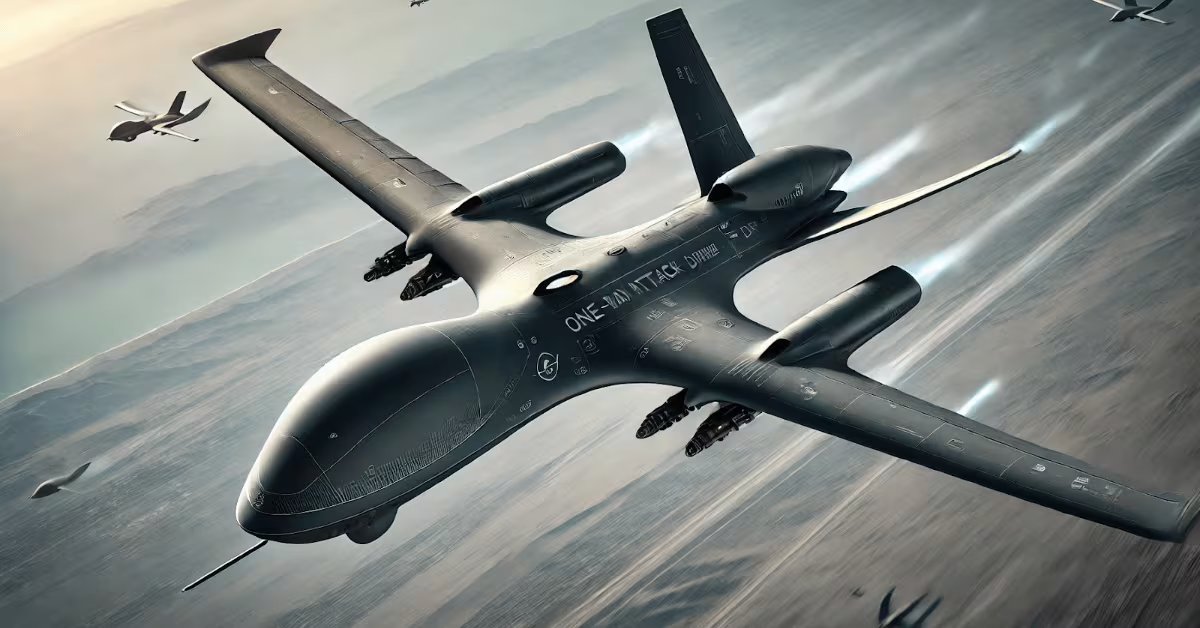WASHINGTON — A new Pentagon directive that essentially updates its charter — which calls for increased oversight from specific department offices — would put programs developed within the agency on more solid ground, according to the head of the Missile Defense Agency.
The recently disclosed (but dated in March) “directive-type memorandum” on “missile defense system policies and governance” was signed by Deputy Secretary of Defense David Norquist. The memo seeks to involve more players in oversight of MDA programs, such as requiring the Cost Assessment and Program Evaluation office to provide independent cost estimates before MDA program development and production decisions are made.
In addition, more oversight would be given to the undersecretary of defense for acquisition and sustainment and less to the undersecretary of defense for research and engineering.
The changes went into effect in August.
The memo comes at a time when the future chain of command for the MDA is up in the air. Legislators expressed their frustration in the spring with how leadership handled a number of missile defense priorities, including a space-based sensor layer that could track hypersonic weapons and the abrupt cancellation of the Redesigned Kill Vehicle program.
“We worked very closely across the department on the directive-type memo,” MDA Director Vice Adm. Jon Hill said at the Defense News Conference on Sept. 10, “which will result in a re-review of the overall charter.”
Hill said the directive “essentially codifies what we’re already doing." The MDA "had to deal with the fact that we had an organizational change not reflected in the current charter,” he added.
With the dissolution of the undersecretary of defense for acquisition, technology and logistics and with the creation of the USD for research and engineering and the USD for acquisition and sustainment in 2018, “that needs to be accounted for and then the roles and responsibilities of each and how the Missile Defense Agency is responsive to that,” Hill said.
The memo also “brings up some areas that I think really do make programs more solid — things like independent technical reviews that are required at each major phase within a program,” Hill said, adding that, for example, military utility assessments “are very powerful.”
Hill said he sees the directives as “codifying how we’re doing business.”
That was particularly reflected, he said, in how MDA proceeded with its new attempt to develop a Next-Generation Interceptor to replace Ground-Based Interceptors that are part of the Ground-based Midcourse Defense System. The system protects the United States homeland from possible intercontinental ballistic missile attacks from adversaries like Iran and North Korea.
Then-Pentagon research and engineering head Mike Griffin canceled an upgrade effort — the Redesigned Kill Vehicle — to the Ground-Based Interceptors last year in favor of pursuing a new interceptor as the upgrade effort ran into insurmountable technical issues.
“If you look at the way we did the Next-Generation Interceptor, from requirements to getting the request for proposals to what we’re doing in source selection, and then, when we come to the decision to make the award, we’re following exactly the spirit of what the deputy secretary has just put out,” Hill said.
The request for proposals to industry for the NGI was delayed for several months as MDA ran parallel an acquisition plan, the drafting of a request for proposals and the creation of requirements.
To get requirements right, the NGI program went through the Joint Requirements Oversight Council rather than a combatant command-focused Operational Forces Standing Committee, which is customary.
Hill said earlier this year that the process with the council led MDA to realize that “our requirements were almost so technical there was no way a war fighter would ever be able to understand them and say: ‘Yes, go for it.’ ”
Being able to take NGI through the JROC process “meant that I had the endorsement of all the service leads, which is incredible. And so I have that in addition to the combatant commands through our normal process,” Hill said Sept. 10.
“We are trying to do all the right things to make sure requirements are rock solid, that the development process is solid through independent technical review across every phase to military utility assessments to lead service designations as early as possible. I think it’s all good,” he added.
“We’re talking about big systems now that we need to get right and we have to have a high level of confidence in; it gets very complicated very fast,” acting Under Secretary of Defense for Policy James Anderson said during the same conference event. “But our efforts here, and Deputy Secretary Norquist’s, we are very committed to finding ways to streamline and to accelerate in a way that balances the sense of urgency with the requirements to be thorough and not have any rushes to failure.”
Jen Judson is an award-winning journalist covering land warfare for Defense News. She has also worked for Politico and Inside Defense. She holds a Master of Science degree in journalism from Boston University and a Bachelor of Arts degree from Kenyon College.








